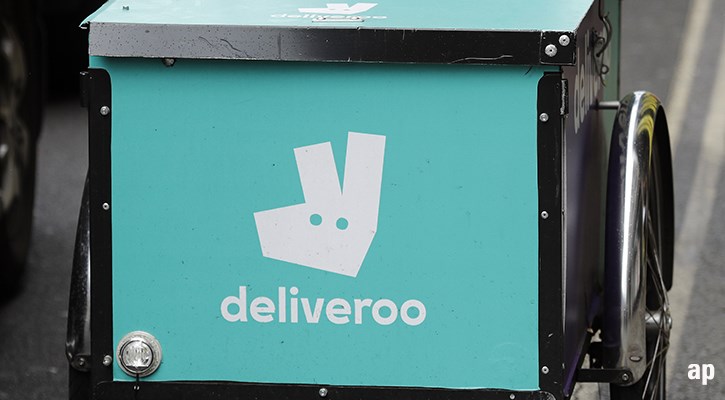
The last three months’ stock market decline has spared no sector, and cloud computing has did not escape the chaos.
In the cloud world, heavyweights with a substantial history like wide-moat Adobe (ADBE) and Salesforce (CRM), or narrow-moat PayPal (PYPL), display a market capitalization close to $200 billion.
These companies rub shoulders with the smaller fry firms like Yext (YEXT), Agora (API), Bigcommerce (BIGC), PagerDuty (PD), Box (BOX), and Qualys (QLYS), which are worth less than $5 billion dollars. They are often in operational loss territory, but some of them do show very rapid growth.
In just a few years, many companies have witnessed valuation explosions. Specific indices capture this phenomenon. The BVP Nasdaq Emerging Cloud index is one.
Over the past three years, it’s nearly doubled in value (+98%), outperforming the Nasdaq (+89%) and the S&P 500 (+64%). But over the past three months, it has fallen 33%. The Nasdaq fell 12% and the S&P 500 just 4%, by comparison.
Sky-High
As of 28 January this year, the index had a median valuation of 10.1 times annualised revenue and 8.4x expected revenue, compared to a multiple of around three times for the S&P 500.
Some companies show ratios of around 25 to 30 times, such as no-moat company Snowflake (SNOW), which is worth 34 times its expected turnover. Narrow moat company Datadog (DDOG), meanwhile, is worth 29 times turnover, while Zscaler (ZS) (also narrow moat) is worth 27% turnover.
These numbers would suggest investors expect strong and sustainable business growth. It also means the companies will have to maintain their competitive advantage for 25 to 30 years in a market where barriers to entry are sometimes very low indeed, and where the challenge is to get customers “hooked” on the products on offer.
Morningstar’s moat analysis posits that narrow-moat companies can maintain their competitive advantage for around a decade. That’s good, but probably not good enough to justify the high valuations attached to some of the companies mentioned above.
Joceleyn Jovene is senior financial analyst at Morningstar France. This article has been translated from its original French incarnation into English for UK audiences




























